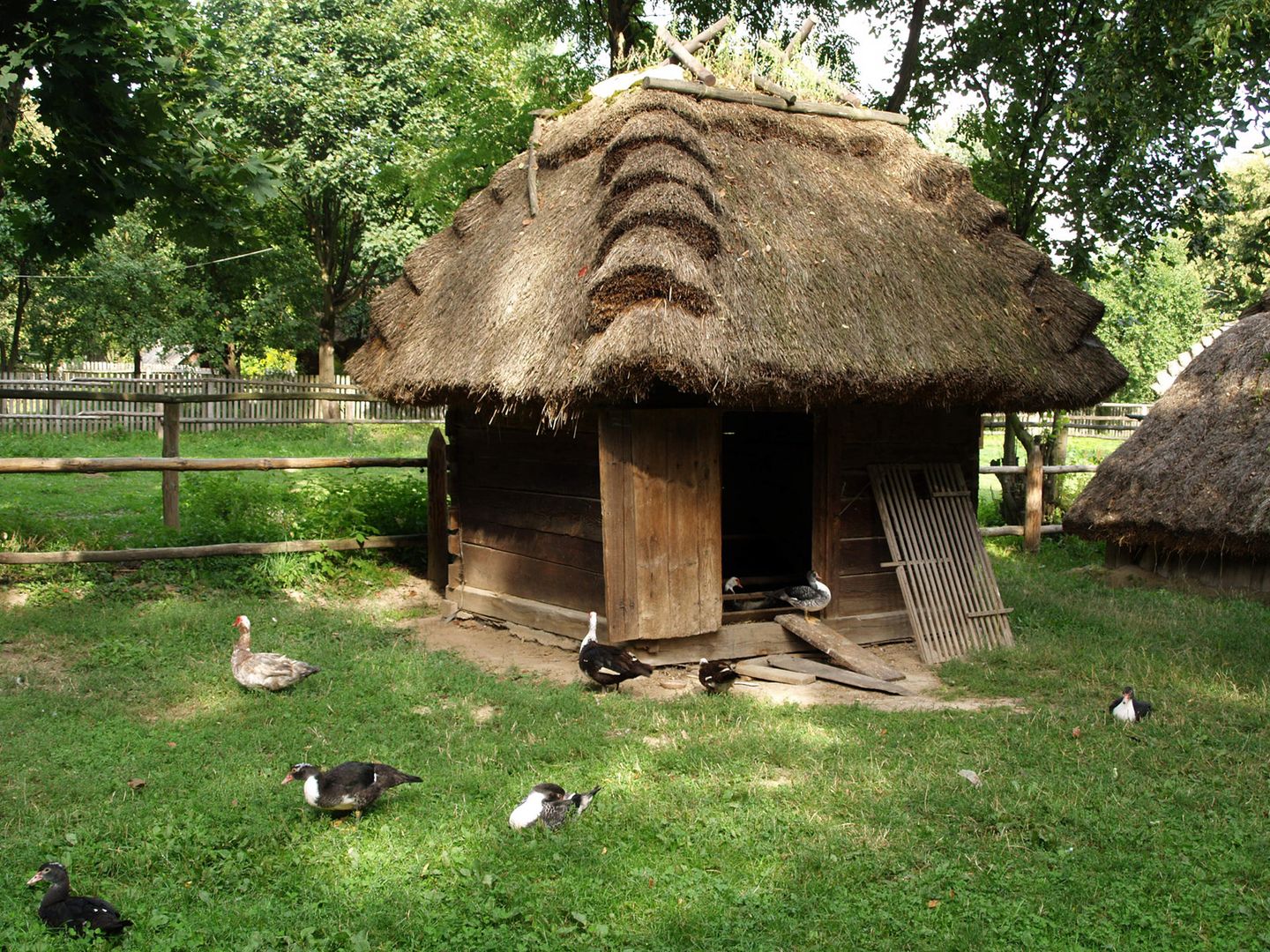Lublin Village Museum in Lublin
6.81

Overview
The Lublin Open-Air Village Museum is a skansen that collects monuments of wooden and brick architecture, as well as ethnographic collections from the area of the former Lublin Voivodeship. Established in 1960 as the Department of Folk Architecture at the District Museum, it gained the status of an autonomous institution in 1970. Initially, its location was planned in Kalinowszczyzna, but in 1975 the museum was moved to Sławin, where it occupies 27 hectares. The opening of the first sector, the Lublin Upland, took place on September 27, 1979. The museum is divided into seven sectors, reflecting the physiographic and ethnographic diversity of the region. The Lublin Upland sector includes, among others, a windmill, cottages, and peasant farmsteads. The Roztocze sector delights with a Greek Catholic church from Tarnoszyn, while the manor sector features two manor houses and a servants' quarters. The town complex includes buildings such as a church, a rectory, and a granary. The exhibition in the Powiśle sector includes, among others, a manor house, while in the Podlasie sector there is a fire station. Since 2001, the museum's offer has been expanded to include boat rides on the pond using historical watercraft. The skansen has been the location for many Polish films, highlighting its importance in culture. An interesting fact is that the Lublin Open-Air Village Museum allows visitors to view the equipment of the Volunteer Fire Department from 1936. In 2002, a 17th-century church from Matczyn was consecrated on the museum grounds, enriching the exhibition with an important historical element. In 2013, the reconstruction of a pre-World War II town was completed, emphasizing the continuity of the region's traditions and culture. The Lublin Open-Air Village Museum is not only a treasury of local architecture but also a living monument of culture and history, attracting tourists with its unique collections and events.
Location
City
Lublin
Tertiary Administrative Division
Konopnica
County
Łęczyński County
State
Lublin Voivodeship
Country
Tickets
Powered by GetYourGuide
2025 Wizytor | All Rights Reserved